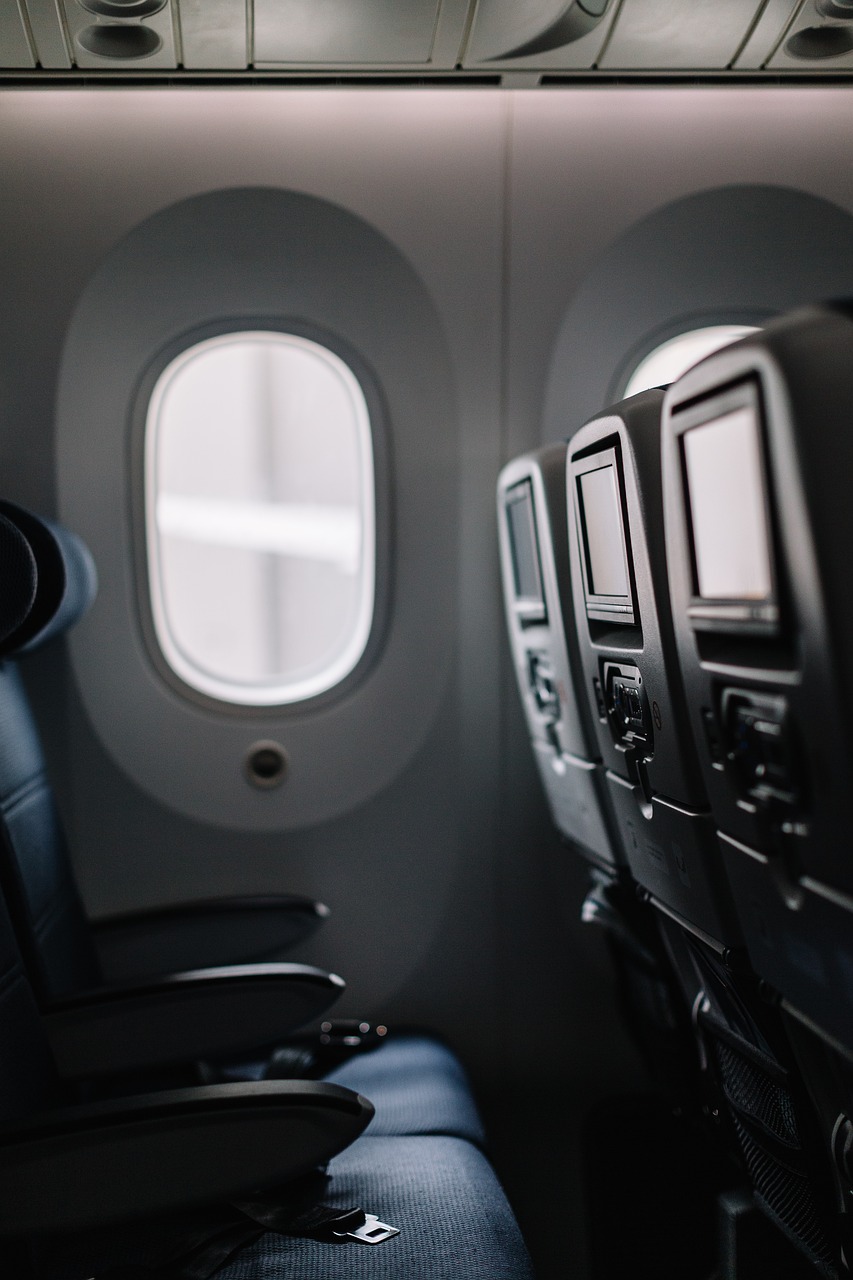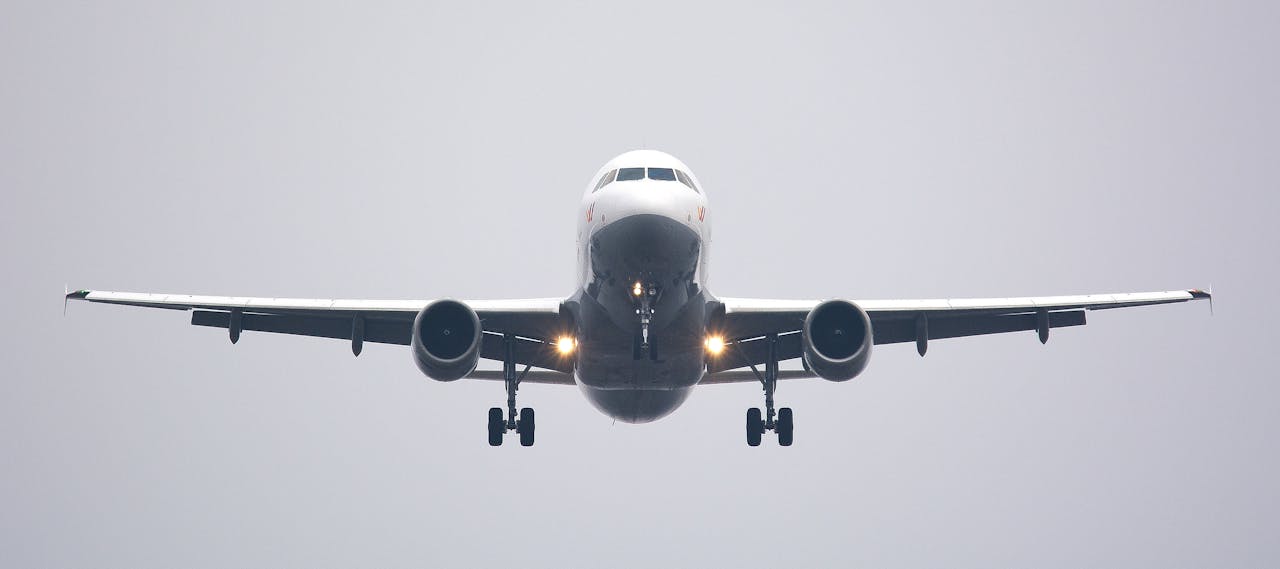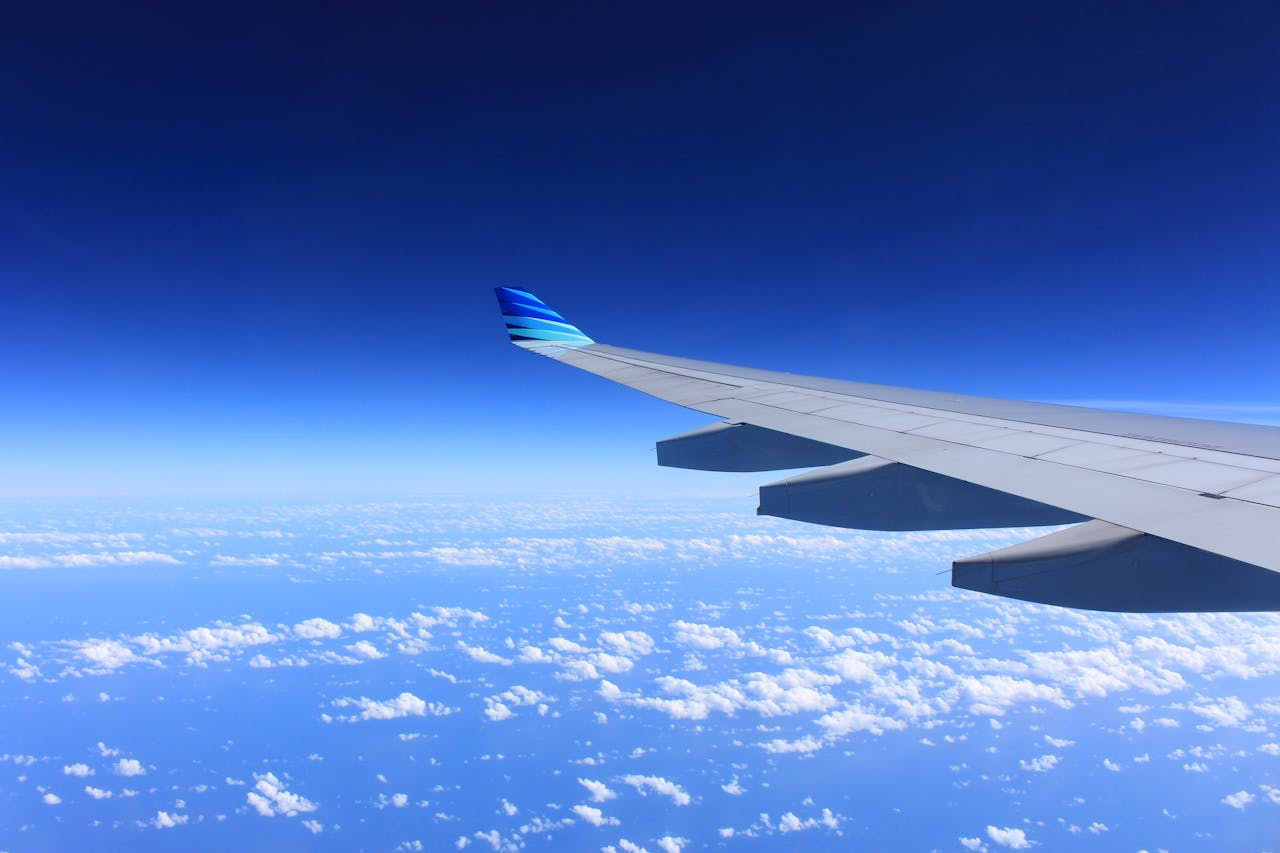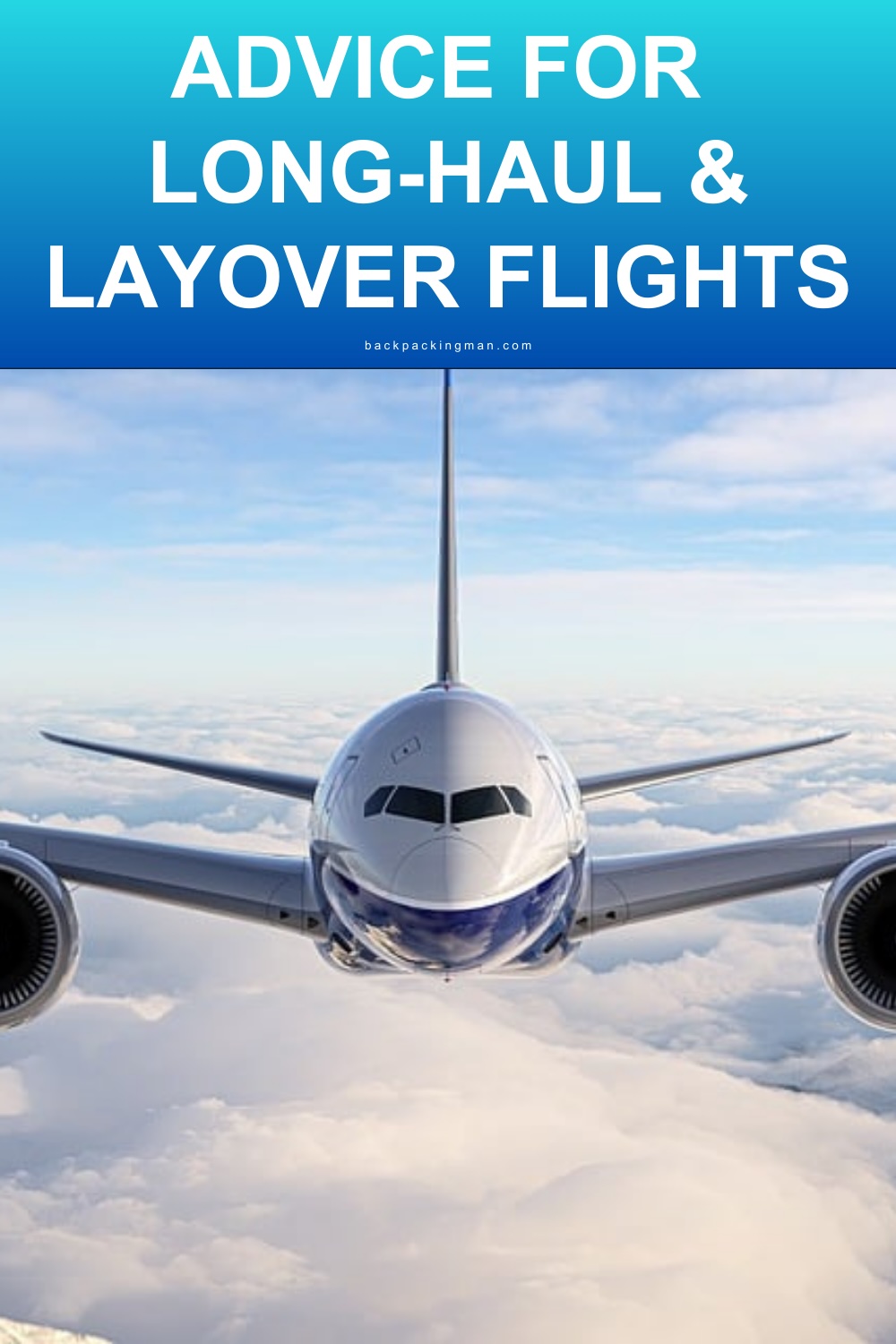If you’re planning an overseas trip that requires a long flight, one of the decisions you have to make is to choose between a long-haul flight and one with a layover. These types of flights each have their pros and cons, and in this article, we’ll explore how they can provide the best travel experience, considering cost, comfort, and convenience.
Cost
Travelling can be expensive and, if you’re a frequent flyer, you know that ticket prices are a major factor when choosing a flight. If you’re looking to save on airfare prices, then a layover flight is an easy choice. Popular among passengers on a tight budget, layover flights are more competitively priced due to lower operational costs and reduced fees.
The lower demand for indirect flights—because they are slightly less convenient than direct flights—also results in cheaper prices. Additionally, these flights allow airlines to maximise their aircraft and crew utilisation by routing planes through layovers, which generates revenue and thus gives the airlines more room to lower flight prices.
That said, while long-haul flights cost more, they also offer conveniences and amenities that other passengers might prefer or prioritise. Some travellers recommend and prefer direct flights for time efficiency, since you don’t have to go through multiple security checks and embarkation procedures.
A long-haul direct flight is also more convenient; once the plane is in the air, you can settle in and simply wait to arrive at your destination. However, if you’d rather spend the extra money on activities during your trip and don’t mind the transfers, then layover flights are a good option.
Comfort and In-Flight Experience

Comfort can mean different things to different people. When it comes to air travel it can be the difference between airplane food and a proper meal, or a change in scenery versus inhaling cabin air for hours, among others. So, when choosing between long-haul and layover flights, the question of comfort usually boils down to personal preference and specific concerns.
If you’re the type of traveler who has trouble staying put, then you might prefer a layover over a long-haul flight. A layover gives you a chance to stretch your legs, enjoy a change in setting, or make important calls or check emails. If you have the time, you can even check in at an airport hotel. If your layover takes you to Singapore, you can book a room at a Singapore Changi airport hotel to get some sleep, have a proper meal, and take a shower.
A good thing to note, though, is that many long-haul carriers offer amenities to make direct flights more comfortable. The higher ceilings and wider bodies of larger, long-range planes make standing and stretching during flights easier. Moreover, features like lighting designed to reduce jet lag and optimised cabin pressure make hours of air travel more pleasant for long-haul passengers.
Travel Fatigue and Health Concerns
If you struggle with travel fatigue, a long-haul flight might be preferable. You may experience less fatigue doing so, as you won’t have to leave the plane until you reach your destination and you can hopefully manage to get some sleep on the plane. Additionally, there’s no risk of getting lost in an unfamiliar airport during a layover. When it comes to jet lag, though, layover flights offer the advantage of allowing you to adjust to a new time zone between flights.
However, passengers who have specific health concerns may consider layover flights instead of going long-haul. Staying seated for long periods inside an aircraft can pose potential health risks like deep vein thrombosis (DVT) and dehydration. That said, if you’re taking a long-haul flight, seek advice from your doctor about any medical conditions you may have and by strengthening your immunity.
You might also want to get a flu shot before travelling to boost your defences. Also, don’t forget to practise proper hygiene while on board to protect from viruses and bacteria.
Convenience and Time Constraints

Planning a trip can be stressful and if the last thing you want is having to worry about delays and transfers, then you should opt for a direct long-haul flight. Sticking to a schedule is one of the challenges of travelling, and with long-haul flights, there is less risk of setbacks caused by long airport queues, or worse, missed or delayed flights.
Choosing a long-haul flight also means less time spent in airports and more time enjoying your actual vacation. Not everyone has the luxury of taking extended holidays (especially overseas), so make sure to factor air travel time into your itinerary and choose the best type of flight depending on the amount of time you have.
Environmental Impact
While aviation provides priceless experiences and opportunities for many, it also impacts the environment in ways you might not think about when planning a trip. If you love travelling but are concerned about climate consequences of air travel, consider taking long-haul flights instead of layover flights. Compared to layover flights, long-haul flights ultimately have a lower carbon footprint per passenger since it involves a single direct journey instead of two or more flights.
Several factors come into play when choosing the best flight for your next travel adventure. It’s important to take your time weighing the pros and cons of long-haul flights and layover flights, but in the end it’s all about balancing your needs and preferences while working around your limitations.
Travel

When deciding between a long-haul flight and one with layovers, consider factors such as cost, total travel time, personal comfort, and your priorities for the journey. Long-haul flights are ideal for those who value getting to their destination as quickly as possible, while layovers can offer a chance to save money, stretch your legs, or even explore another city if the stopover is long enough.
Ultimately, the right choice depends on your schedule, budget, and tolerance for extended travel time.
For more travel advice have a look at some of my gear guides.
Share this long-haul and layover flight advice:





